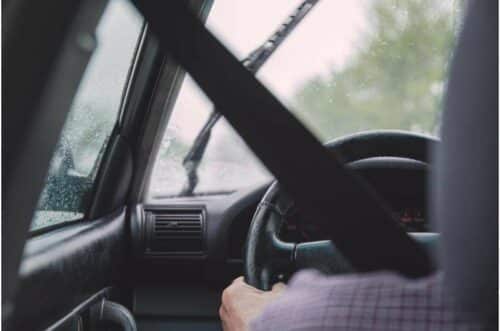By analysing videos with a machine learning system, the technology can accurately detect intoxication levels from facial cues, potentially revolutionising road safety and aiding law enforcement in preventing drunk driving.

Researchers at Edith Cowan University (ECU) are pioneering computer tracking technology that uses camera footage to detect alcohol impairment in drivers. Collaborating with Mix by Powerfleet, the team collected data from alcohol-impaired drivers in a controlled but realistic environment, capturing videos of drivers with varying levels of intoxication—sober, low intoxication, and severely intoxicated—on a simulator. The researchers then utilised a machine learning system to analyse these videos. The system, which focuses on standard RGB (red, green, and blue) videos, assesses facial features, gaze direction, and head position to determine the degree of alcohol-related impairment. This study was presented at the IEEE/CVF Winter Conference on Applications of Computer Vision.
The team emphasized that this technology is the first to use a standard RGB camera to detect alcohol impairment based on facial cues. This research confirms that detecting intoxication levels is possible using a simple camera. They mentioned that their next step is to define the image resolution needed for this algorithm. If low-resolution videos are sufficient, this technology can be employed by roadside surveillance cameras, helping law enforcement prevent drunk driving. A computer vision-based approach like this could be integrated into road cameras, similar to how these cameras currently detect seatbelt usage or mobile phone activity. This would make the technology applicable to various vehicle types without needing specialized in-cabin installations.
The technology also includes 3D and infrared videos of the driver’s face, rearview RGB videos showing driver posture and steering interactions, driving simulation event logs, and screen recordings of driving behavior. The availability of this dataset enriches our research and provides the broader scientific community with an invaluable resource for further exploration. They add that their r system detects varying levels of alcohol intoxication with 75% overall accuracy for the three-level classification.It can benefit vehicles with driver monitoring systems and eye-tracking technologies and potentially extend to smartphones, enhancing alcohol intoxication detection.






